As life gets busy, most people regularly feel tired and drained. Fatigue is a very common condition. People often associate low energy levels with stress, pressure at work or college, or pressure at home. However, many factors affect your energy levels.
If you constantly feel drained and lethargic, you don’t need to gulp down energy drinks. You simply need to make a few lifestyle changes. Below are some simple ways to boost your energy levels:
Get Enough Sleep

According to research, 50-70 million Americans suffer from sleep disorders. Sleep is a natural process to restore energy. It is the time during which the body repairs from the wear and tear of daily life. It is also during sleep when the brain processes information and rewires itself. Lack of sleep can make you feel lethargic and tired in the short term. But persistent lack of sleep can have serious consequences in the long run.
An average person should get between 6-8 hours of sleep. Individual needs may vary and some people need more sleep than others. If you have trouble falling or staying asleep, you can try winding up your day in a relaxing way. Try to avoid the use of cell phones, televisions, and laptops in your bedroom. A warm bath, a good read, and a comfortable room temperature will all help you fall asleep easily and more peacefully.
Eat a Healthy Diet

You are what you eat. Your diet is one of the biggest influences on how you look and feel. If you have low energy levels, have a look at your diet. A healthy diet is all about having a balanced intake of proteins, carbohydrates, and fats. You also need to incorporate dairy products. Relying too much on a certain food group can have negative effects on your energy levels.
Consuming a balanced diet is important, but you also need to make sure that you do not skip meals. Most people skip breakfast while they are running late for work. Breakfast is the most important meal of the day. A healthy breakfast helps maintain energy levels throughout the day. Another important consideration is adding nutritional snacks in between meals. A handful of nuts, granola, or yogurt will give you an energy boost while you are waiting for the next meal.
Move More

We are all aware of the benefits of exercise. It helps us maintain body weight, improve muscle strength and flexibility, and reduces the risk of various diseases and exercise is one of the best ways to boost energy levels. While exercise burns calories, it gives a boost to your metabolism. An active metabolism, in turn, helps maintain energy levels.
Lower Your Stress Levels
Stress is one of the most undesirable effects of today’s busy lives. The constant pressure at work, home, and relationships makes it difficult to concentrate. People today are more stressed, frustrated, and anxious than ever before.
A certain amount of anxiety can be good. It keeps us moving towards our goals. However, constant high levels of stress can seriously affect a person’s physical and mental health. It is also one of the biggest causes of why people feel drained. Thus, to boost energy levels, it is important to reduce stress.
Some of the strategies used include lifestyle changes. Sleep hygiene helps lower stress levels. Meditation and spending some time in nature or going for a walk alone are all helpful when it comes to reducing stress. If you want to get rid of troubling thoughts, writing down your thoughts in a journal also helps lower stress levels.
Stay Hydrated
Water is life. 70% of the human body is made up of water. Throughout the day, we tend to lose water from the body. Loss of water in the form of sweat and urine can cause dehydration. By the time you feel thirsty, your body is already dehydrated. This can have a compound effect on your brain function and energy levels.
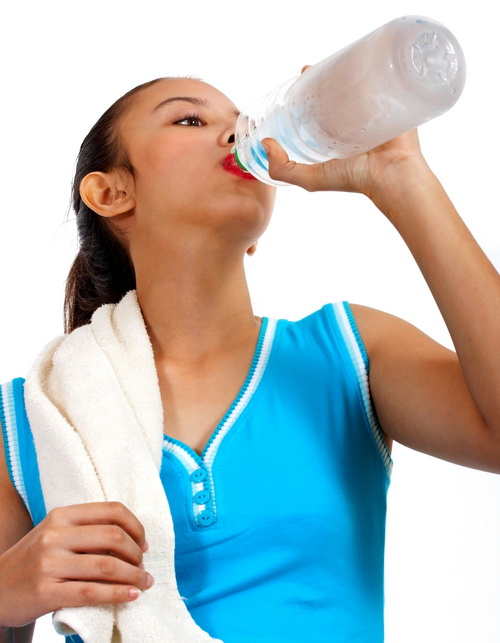
A daily intake of ten glasses of water is enough to keep you hydrated. Unfortunately, people are often so preoccupied with work that they forget to drink water. One simple solution to this problem is to drink at regular intervals throughout the day. Make a conscious effort to drink more water every day and you should notice a lift in your energy levels.
Reduce Sugar Intake
Humans have a natural inclination towards sugar. When looking for a snack, we automatically reach for something sweet. Though the intake of sugar gives an instant energy boost, its effect is short-lived. This is because the body releases a large amount of insulin to digest the sugar. Thus, people often experience high energy levels followed by a dip.
To boost your energy levels in a more sustained manner, it is a good idea to rely on complex carbohydrates. They are released more slowly into the bloodstream and are ideal for maintaining energy levels.
Avoid Smoking

Smoking can have detrimental effects on your health. While it increases the risk of respiratory problems and heart diseases, it can also affect your energy levels. Regular smoking interferes with the amount of oxygen that flows to the body’s organs. When insufficient oxygen is supplied to your body, this makes you feel tired. Passive smoking can have similar effects on the body.
If you are a smoker, one of the best ways to boost your energy is to avoid smoking. You can start by reducing the number of cigarettes every day and gradually avoid it altogether.
Feeling low? You don’t need an energy drink to boost your energy levels. Trying some of the above-mentioned methods will surely help lift your energy.

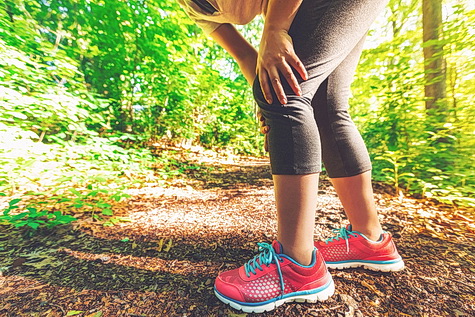
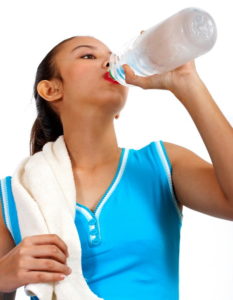

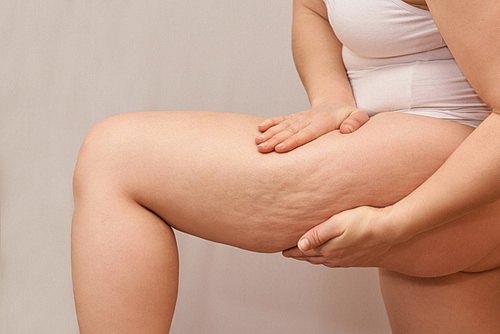

 he research on ectogenesis began earlier in the last century. However, there has been rapid progress over the last 20-30 years. It is during this time that the world has experienced marked improvements in neonatal intensive care.
he research on ectogenesis began earlier in the last century. However, there has been rapid progress over the last 20-30 years. It is during this time that the world has experienced marked improvements in neonatal intensive care. 
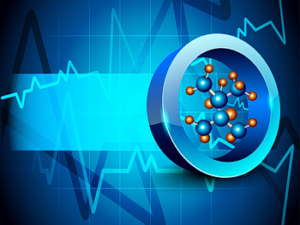


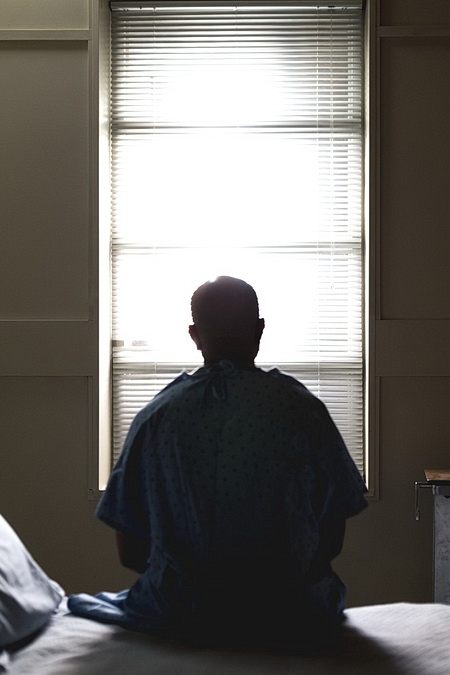

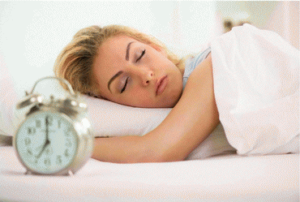 The fact that most people in the US do not get the recommended eight hours of sleep is well known. Most of us have trouble not because we cannot fall asleep but rather because we are engaged in other activities and delay those ZZZZZ.
The fact that most people in the US do not get the recommended eight hours of sleep is well known. Most of us have trouble not because we cannot fall asleep but rather because we are engaged in other activities and delay those ZZZZZ. How many of us get so tired at work that we actually start falling asleep at the desk?
How many of us get so tired at work that we actually start falling asleep at the desk?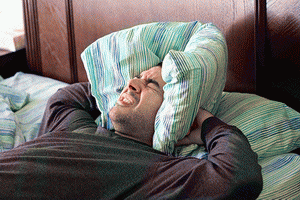 If you do have problems sleeping, it may be due to a physical factor, such as
If you do have problems sleeping, it may be due to a physical factor, such as